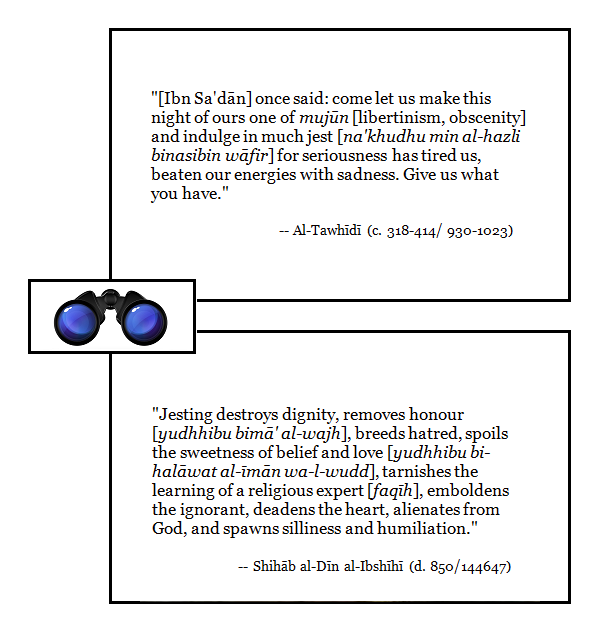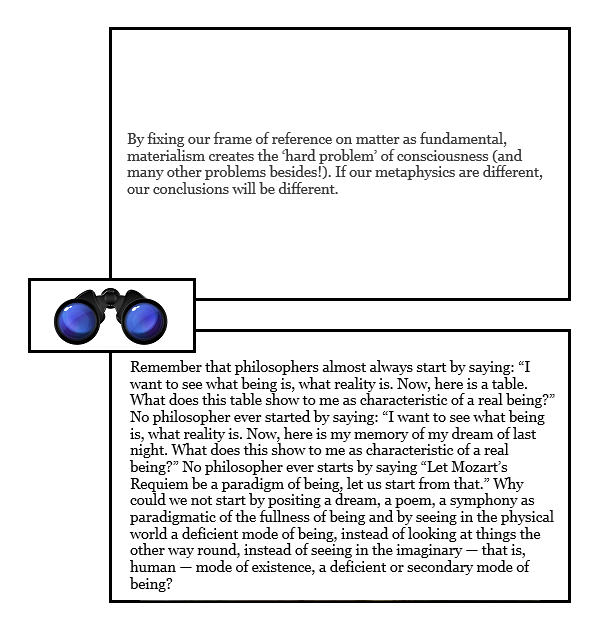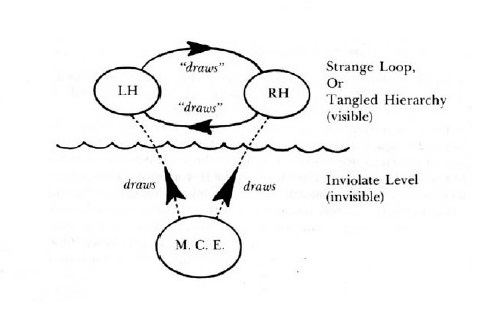Ups and downs of the Catholic Order of Preachers (Dominicans)
Friday, July 17th, 2015[ by Charles Cameron — bearing in mind that ups and downs are transitory, and the eternal remains eternal ]
.
In what was effectively a DoubleQuote in my terminology (see note below), Gregory DiPippo at the New Liturgical Movement blog today juxtaposed two articles about the Dominican Order of Friars. One had to do with a downswing in vocations to the Order, the other with an upswing.
**
**
First, the downswing: “the shortage of vocations in the order of Saint Dominic has reached dramatic levels.” Sandro Magister writes in San Marco Must Not Die:
The fathers of the province of St. Catherine of Siena met again in chapter at the end of last May and reiterated to the superior general the request to suppress the convent of San Marco.
If that were to happen, in the cloisters and in the cells wondrously frescoed by Fra Angelico (see above the Annunciation, from 1442) there would no longer be any friar to pray. From the library designed by Michelozzo, the first library of the modern era open to the public, the robes of the learned would disappear. What has been for centuries a cenacle of men of letters, artists, bishops, saints, would give way to a trivial guest house.
The Masses in the church attached to the defunct convent would be officiated by someone from outside: from the not-distant convent of Santa Maria Novella, the only Dominican convent that would remain open in Florence.
Second, the reverse: “The man who sets aside his personal dreams to more perfectly subject himself to God is not primarily saying ‘no’ to the world, but saying ‘yes’ to a renewed life with God.” The Dominican Dominic Bouck writes in First Things:
After the ordination of eight of our brothers, there are over fifty of us studying for the priesthood or preparing to live life as a consecrated brother, about to be joined by fifteen more on July 25.
Among those roughly 75 men are lawyers, a medical doctor, a congressional staffer, professional musicians, a radio host, several PhDs and professors, a particle physicist from Stanford, a former Google employee, a dean of admissions at a medical school, Ivy Leaguers, Golden Domers, and more who were successful in the world, but sought a deeper relationship with Jesus Christ and his Church, and desired to serve his people.
**
It would be a tragedy for the Dominicans to close down their convent at San Marco, “as if the Franciscan friars were to decide to close the convent of Assisi” as Magister says — and in counterpoint, I’m heartened to receive news of an increased interest in the contemplative life here in the US.
A note for Fr Augustine Thompson, OP, who writes for the NLM bog and is the author of the standard work on St Dominic’s brother friar, brother founder and friend, Francis of Assisi: A New Biography: my DoubleQuotes format is a format for the juxtaposition of ideas, based on Hermann Hesse’s concept of the Glass Bead Game, and philosophical kin, to my mind at least, with Peter Abelard‘s Sic et Non.








